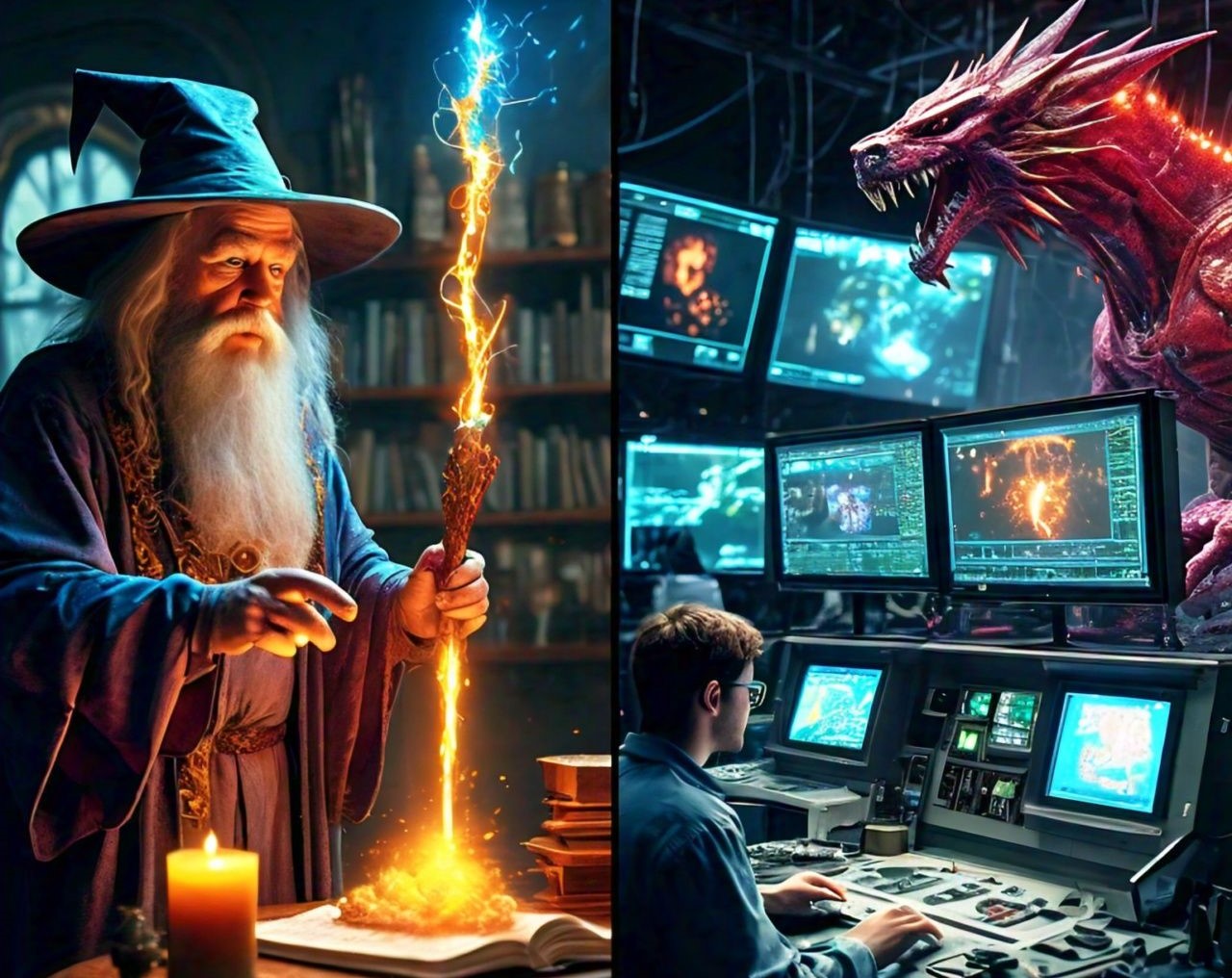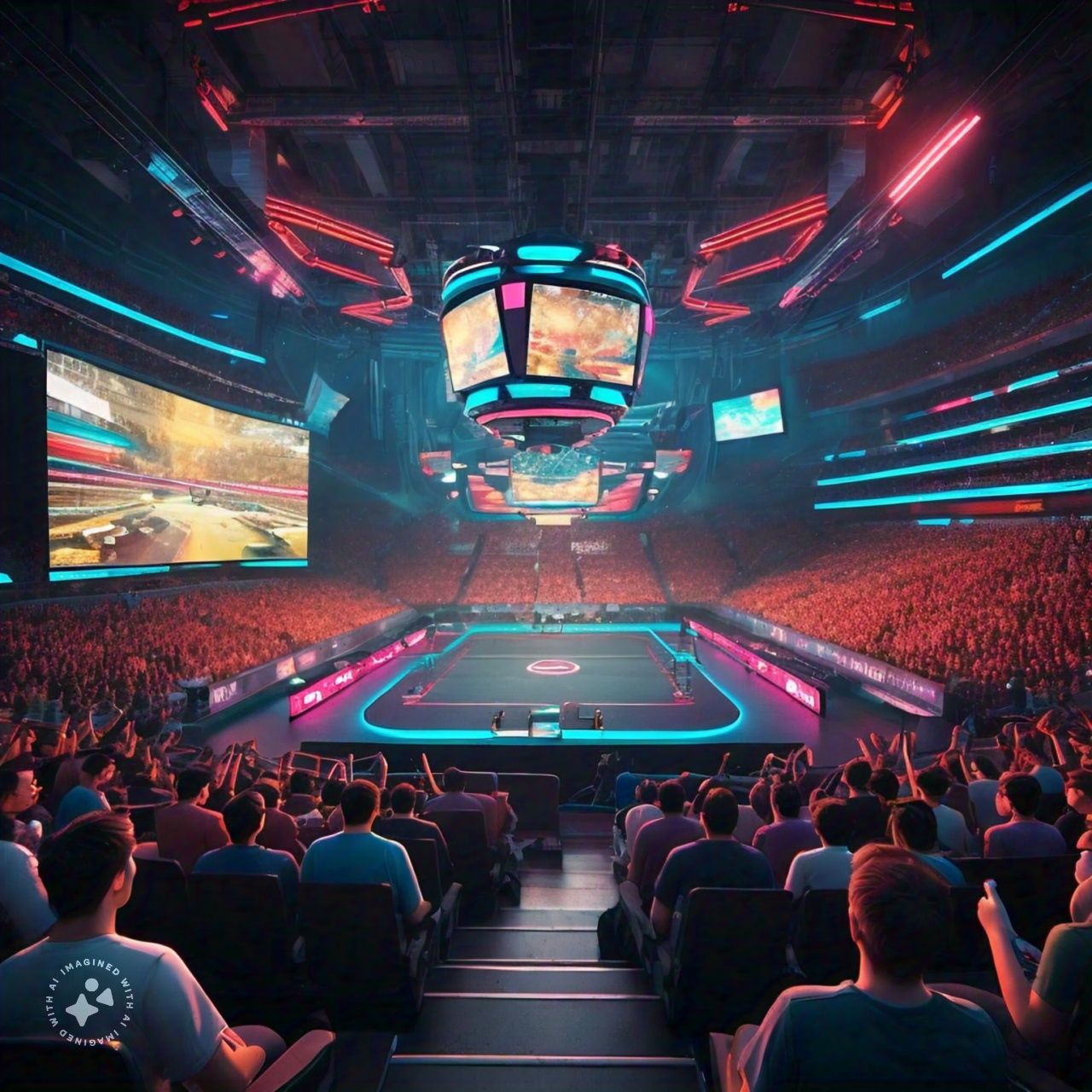Practical Magic to Digital Mastery | The Evolution of Special Effects in Cinema
Special effects (SFX) have transformed the cinematic landscape evolving from rudimentary tricks to sophisticated digital innovations that defy the imagination. The journey of SFX in movies is a testimony to human creativity and technological advancement reflecting the ever growing ambition to create visually stunning and emotionally resonant storytelling. This article explores the history milestones and future trends of special effects in cinema.
The Early Days: Pioneering Techniques
Practical Effects and Early Innovations
The origins of special effects can be traced back to the late 19th and early 20th centuries with pioneers like Georges Méliès leading the way. Méliès, a magician turned filmmaker are utilized techniques such as stop motion with multiple exposures and miniatures to create fantastical scenes. His landmark film “A Trip to the Moon” (1902) showcased these early effects are captivating audiences with its imaginative visuals.
Mechanical Effects and Optical Tricks
During the 1930s and 1940s, practical effects including mechanical effects and optical tricks dominated Hollywood. Films like “King Kong” (1933) employed stop motion animation to bring the giant ape to life while matte paintings and rear projection were used to create expansive landscapes and dynamic backgrounds. These techniques required meticulous craftsmanship and ingenuity laying the groundwork for future innovations.
The Golden Age of Special Effects: 1950s to 1970s
Technicolor and Cinemascope
The 1950s marked a significant period in the evolution of special effects with the advent of Technicolor and Cinemascope. These technologies revolutionized how films were made and viewed, offering richer colors and wider screens. Sci-fi classics like “Forbidden Planet” (1956) utilized these advancements are incorporating elaborate sets, animated sequences and electronic music to create immersive experiences.
The Rise of Visual Effects Studios
The establishment of dedicated visual effects studios in the 1960s and 1970s such as Industrial Light & Magic (ILM) by George Lucas accelerated the development of cutting edge techniques. ILM’s work on “Star Wars” (1977) set new standards for special effects introducing innovative methods like motion control photography and computer generated imagery (CGI). This era also saw the use of animatronics in films like “Jaws” (1975), blending mechanical engineering with artistry.
The Digital Revolution: 1980s to 2000s
The Advent of Computer-Generated Imagery (CGI)
The 1980s ushered in the digital revolution with CGI emerging as a game-changer. “Tron” (1982) was one of the first films to extensively use computer graphics to create a unique visual style. However, it was James Cameron’s “Terminator 2: Judgment Day” (1991) and Steven Spielberg’s “Jurassic Park” (1993) that truly demonstrated CGI’s potential. These films featured groundbreaking effects from the liquid metal T-1000 to the lifelike dinosaurs for showcasing the limitless possibilities of digital technology.
Integration of Practical and Digital Effects
The success of CGI did not render practical effects obsolete instead of filmmakers began to integrate both techniques to achieve more realistic results. Peter Jackson’s “The Lord of the Rings” trilogy (2001-2003) exemplified this approach combining CGI with miniatures prosthetics and motion capture to create the fantastical world of Middle earth. This blend of practical and digital effects has since become a standard practice in the industry.
The Era of Photorealism: 2010s to Present
Advances in Motion Capture and Performance Capture
In recent years the motion capture and performance capture technologies have advanced significantly allowing for more nuanced and realistic character animations. Films like “Avatar” (2009) and the “Planet of the Apes” series (2011-2017) leveraged these technologies to create compelling digital characters that interact seamlessly with live action elements. These advancements have expanded the creative possibilities for filmmakers enabling them to tell stories that were previously unimaginable.
Real-Time Rendering and Virtual Production
The development of real time rendering engines such as Unreal Engine has further revolutionized special effects. These engines allow filmmakers to visualize and modify digital environments in real time streamlining the production process and enhancing creative flexibility. Disney’s “The Mandalorian” (2019) showcased the potential of virtual production using LED screens and real time rendering to create immersive environments without the need for extensive location shoots.
The Future of Special Effects: Emerging Technologies
Artificial Intelligence and Machine Learning
Artificial intelligence (AI) and machine learning are poised to play a significant role in the future of special effects. These technologies can automate complex tasks such as rotoscoping and compositing reducing production time and costs. AI can also generate realistic textures and animations, pushing the boundaries of photorealism. As these technologies continue to evolve they will undoubtedly open new avenues for creative expression in filmmaking.
Augmented Reality (AR) and Virtual Reality (VR)
Augmented reality (AR) and virtual reality (VR) are also set to transform the cinematic experience. AR can enhance live action scenes with digital overlays creating interactive and dynamic visuals. VR on the other hand offers fully immersive experiences allowing audiences to explore virtual worlds from a first person perspective. As filmmakers experiment with these technologies we can expect to see innovative storytelling techniques that blur the line between reality and fiction.
Conclusion
The evolution of special effects in movies is a testament to the relentless pursuit of innovation and artistic excellence. From the early days of practical effects to the digital revolution and beyond special effects have continually pushed the boundaries of what is possible on screen. As emerging technologies like AI AR and VR come to the forefront the future of special effects promises even more groundbreaking advancements by ensuring that cinema remains a captivating and transformative art form.

om Crew, an expert in entertainment, brings extensive expertise and experience to his writing. As a distinguished author, he offers readers captivating insights and behind-the-scenes looks, blending his deep industry knowledge with engaging narratives that entertain and inform.






















